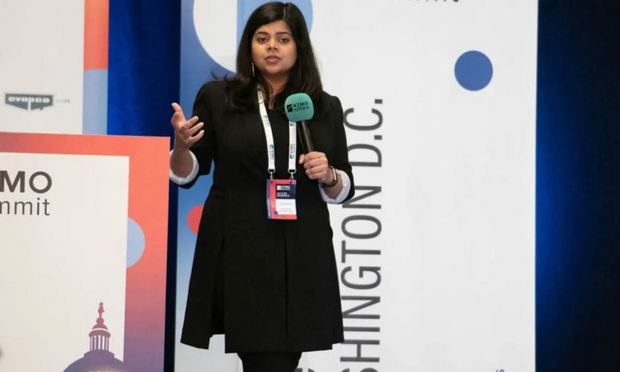EIA calls for Industry Action on modernizing hydrocarbon safety standards for ACs

The Washington, D.C.-based Environmental Investigation Agency (EIA) has called on the U.S. heating and cooling sector to proactively get involved in modernizing outdated U.S. safety standards impeding the adoption of hydrocarbon air-conditioning.
Although the global home air-conditioning sector has experienced significant growth and is expected to triple by 2050, the transition out of HFCs has been slow, with the adoption of some propane (R290) units in India and China and beginning in Europe.
Avipsa Mahapatra, Climate Campaign Lead, attributed the absence of hydrocarbon AC in the U.S. to obsolete safety and building standards.
In May, higher charge limits for R290 and other flammable refrigerants in household air conditioners, heat pumps and dehumidifiers were approved in a unanimous vote by countries in the subcommittee overseeing the International Electrotechnical Commission (IEC) global safety standard for these appliances (IEC 60335-2-40).
Under the new IEC standard, with “enhanced tightness,” an AC could use 585g (1.3lbs) of R290, and with enhanced circulation airflow (via fans), 836g (1.8lbs) could be employed. The maximum amount of R290 that could be used, in rooms starting at about 23m2 (247.6ft2) is 988g (2.2lbs).
However, this standard or some version of it still needs to be adopted on a national level in the U.S. This would also require an update of UL 60335-2-40 and ASHRAE-15, as well as approval by the U.S. Environmental Protection Agency and local building codes.
Next steps – take action!
There are multiple ways to advocate for public funding for additional safety testing and research, according to Avipsa Mahapatra, who urged local industry to develop and share low-GWP technologies.
As a next step for the U.S., a CANENA Technical Harmonization Committee should be formed to develop proposals to incorporate the IEC standard for safe use of hydrocarbons. This committee will then submit a final proposal for the UL. If successful, it will be added into the ASHRAE-15 standard and ICC model building codes. For this to be ready in time for the 2027 code cycle.
Additional advocating for public funding to support R&D, companies should also get involved with the model codes to try and speed up this traditionally slow process. Mahapatra also urged companies to be more transparent about their use of climate-friendly solutions like natural refrigerants and do more marketing on this.
